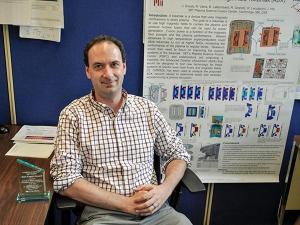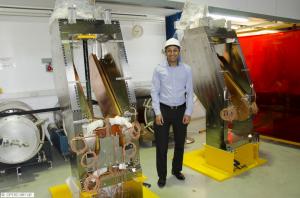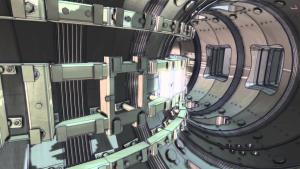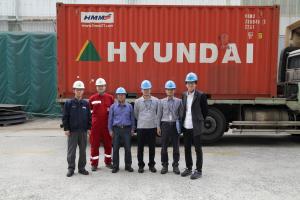What’s New
2 November 2015
ITER news digest for the period of 26 October 2015 to 2 November 2015.

A precious contribution to MIT's proposed tokamak

Plasma heating puzzle comes together





